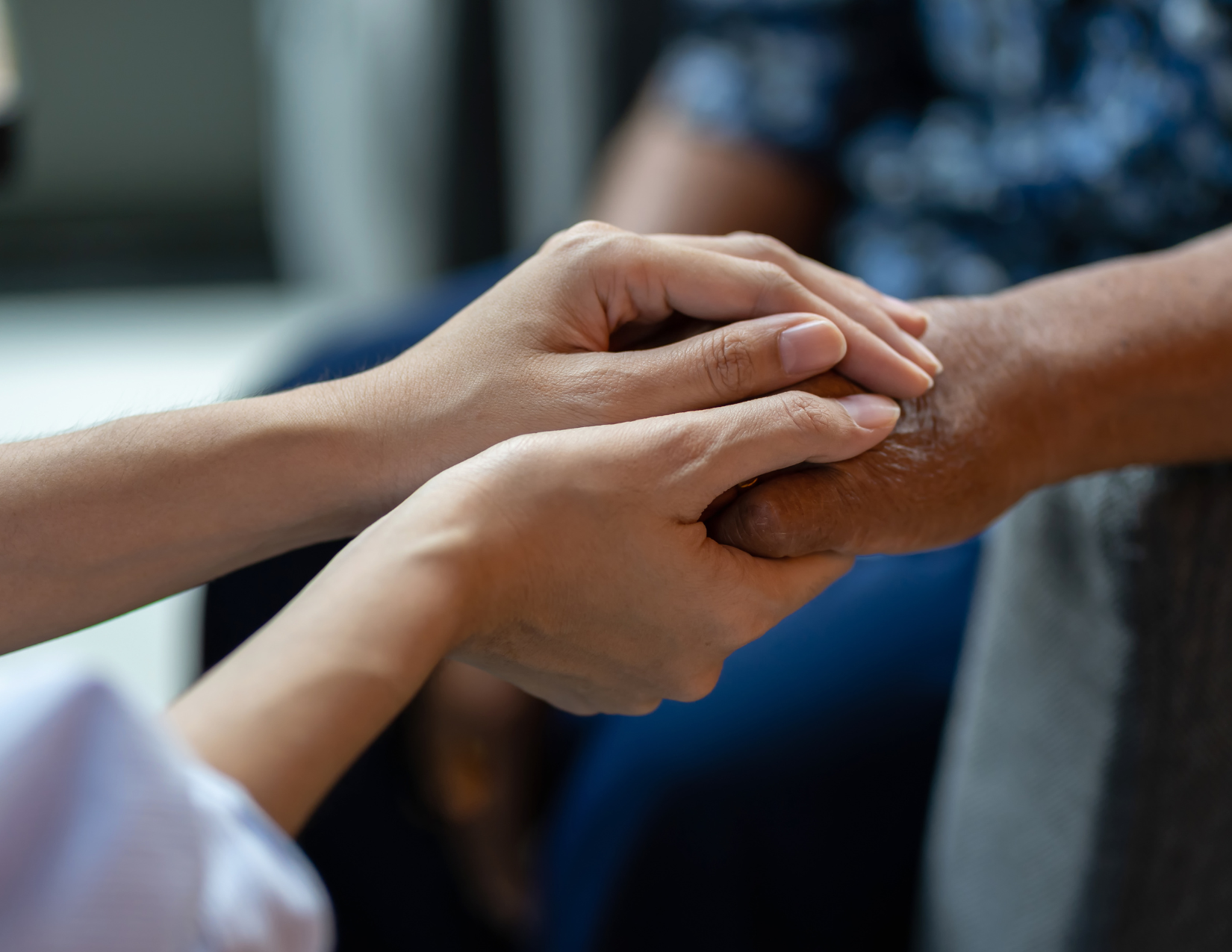Recognizing the Unseen on Overdose Awareness Day

Recognizing the Unseen on International Overdose Awareness Day
By: Courtney Barbera, MSW, MPH, LSW
Thursday, August 31st is International Overdose Awareness Day (IOAD). The theme of this year’s IOAD campaign is recognizing the people affected by the overdose crisis who often go unseen. These “unseen” include people such as grieving family members and friends, healthcare and social workers, and individuals who have had to unexpectedly take action when someone around them has overdosed. Because of how widespread and invasive the opioid epidemic has become, we are sadly all a part of the “unseen” in one way or another. Each overdose death has stolen the life of a person who may have become a friend, teacher, coworker, love interest, or mentor. Each loss has left an unfillable gap amongst families, schools, communities, and within broader society.
When I reflect on how this crisis has played out in my personal life, I think about my own family members who have experienced drug addiction, and the pain of trying to support them while loving them from a distance to shield myself from the devastation each time they fall down again. I also reflect on the staggering number of young people that I went to highschool with who are no longer here, and their families and friends, left behind to carry the pain of losing them. Perhaps the most distressing way the overdose crisis impacts me today is the reality that recreational drugs have increasingly become laced with deadly levels of potent substances like Fentanyl, Carfentanil, and Xylazine, and that my young nieces and nephews could be exposed to these if they experiment with drugs obtained from dealers on the street or through online apps such as Snapchat, like many individuals today do during adolescence and young adulthood.
I often wonder how ordinary people like myself can possibly make a difference to prevent more young people from dying so preventably. It’s easy to spiral into feeling powerless and hopeless in the face of the very real risks young people who use drugs face today. The drug overdose crisis feels like an overwhelming societal issue that requires an enormous amount of policy overhaul, resources, and time to overcome. However, when a problem appears this big, I sometimes find it useful to put on different glasses, slice things a little bit thinner, and start by taking just one small action.
As someone with a Masters degree in Public Health, I know that one of the most powerful interventions for health is simply education. I believe that if I can share knowledge and resources with even just one person, I can make a difference. This alone helps me to feel less powerless.
Therefore, in honor of this year’s IOAD, I have decided to make an impact by sharing information with my high school- and college-aged relatives about a harm reduction strategy known as drug safety testing. Harm reduction strategies aim to reduce the negative outcomes associated with risky behaviors. For example, as much as I’d like to, I can’t control whether my loved ones use drugs or not. However, I can do my best to arm them with the tools they need to stay safe if they do choose to engage in it. To carry this plan out, I simply sent a group text to my nieces and nephews containing information about recent increases in laced drugs and overdose deaths, a few words about why I care about them being safe if they ever do use drugs, and a link for drug test strips sold online for less than $20 that can detect the presence of Fentanyl and Xylazine. I also offered to order the test strips for them if they didn’t feel comfortable doing it through someone else’s account.


Photo by NEXT Distro on Unsplash.
My advice to anyone feeling unseen right now and wondering how they can possibly make a difference when it comes to overdose awareness is this: Start in your closest circles. Show support, share education, and provide resources. Tools like drug safety testing strips and naloxone (Narcan) nasal spray, which immediately reverses an opioid overdose upon being administered, are widely available at little to no cost at all. The worst case scenario is that your nieces and nephews might think you’re the “weird” aunt. The best case scenario is that a piece of information or a precautionary tool you share is meaningful to them and you potentially save a life.
If you need help on where to start, check out resources developed by Pennington Institute, the organization that promotes International Overdose Awareness Day. Pennington Institute assembled Educational Materials containing valuable information about harm reduction as well as key facts to know about recognizing and responding to an overdose. Read these materials, email them to the young people in your circle, and remember all of those impacted by this crisis who most definitely will appreciate your efforts this August 31. If we each take small actions, we can create large-scale change.